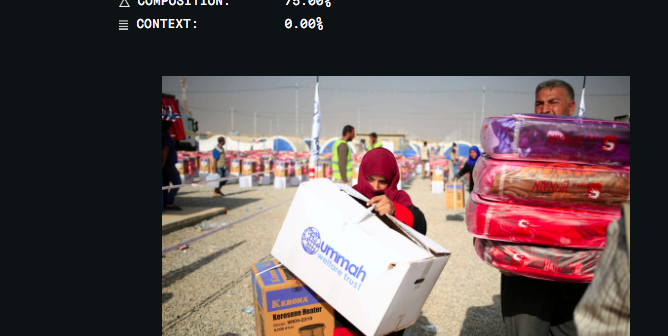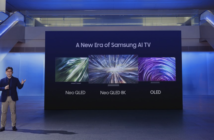AI (Artificial Intelligence) can be defined in many ways depending on which field you’re in or where you see it working. For Fabrica though, the winners of the IK Prize 2016 in partnership with Microsoft, it’s been used in the creative world to learn how we, humans look at images.
AI and machine learning is not new and has been in development for years now. When the competition launched, many creative coders, artists and more, put their heads together to see how AI can be used for digital creativity and the outcome is amazing, to say the least.
Recognition is an artificial intelligence programme that compares up-to-the-minute photojournalism from Reuters with British art from the Tate collection. It uses a number of the tools Microsoft provides in the Cortana Intelligence Suite; there are artificial intelligence algorithms, which are trained to recognise specific features in images, faces and text.
While it looks so simple, there’s a lot that goes on behind the scenes to make it happen. Tate’s art database is huge and Reuters database is updated every minute, as long as something is happening somewhere in the world. Using AI, those old images from the archives are compared to modern day images to see how they compare.
How Recognition works:
Recognition uses artificial intelligence to match images from the Reuters news feed to British art in Tate’s collection. Using a computational algorithm, it studies a piece of art in the collection and, much as a human would, recognises a range of features including composition, colour, people, objects and emotion. The tool combines this with details about the image, like the location of a painting or picture.
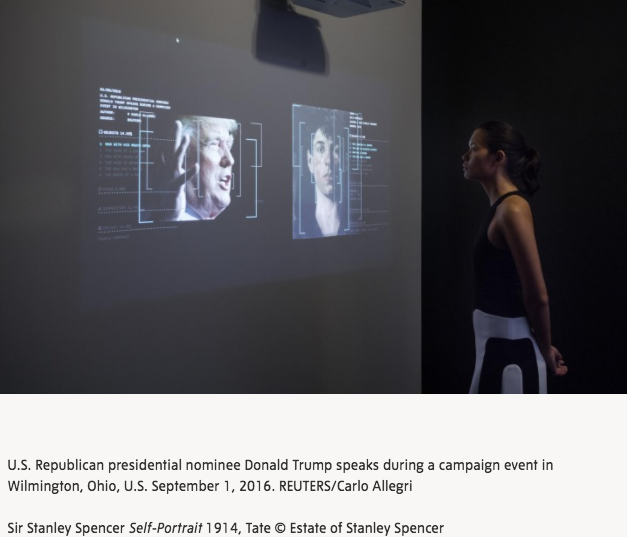
Like all computer algorithms, it represents these details and features as numbers, assigning high numbers to features, which are prominent in the image. Recognition will subsequently label an image in the Tate collection with a set of numbers. It will then match this to an image from Reuters’ news feed, which has the closest set of corresponding numbers.
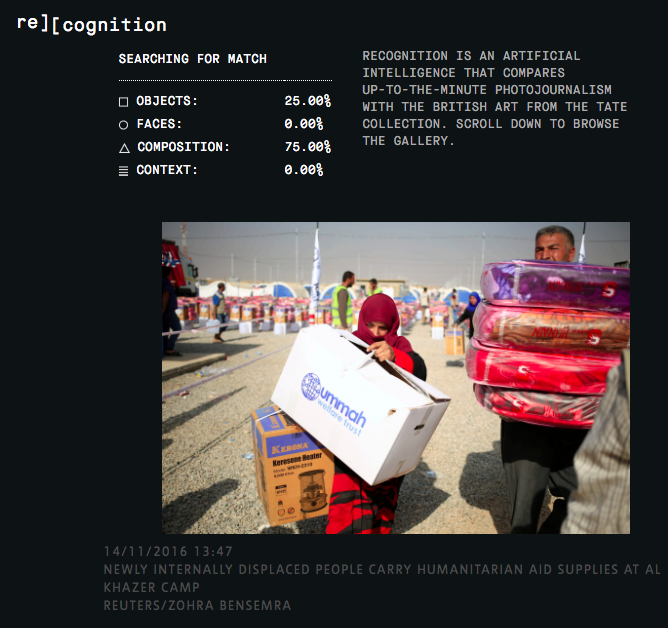
The computational algorithm uses a set of neural networks, which recognise each of the different aspects of the image such as emotion, colour and composition. Combining these networks allows Recognition to evaluate images for multiple details at the same time.
What the future holds for AI in Digital
Seeing Recognition in action, I began to think of ways, which AI could be used, in digital creativity. Made possible before was the use of AI to create a piece of art to resemble and bring to life what a well-known artist would paint, based on their previous work.
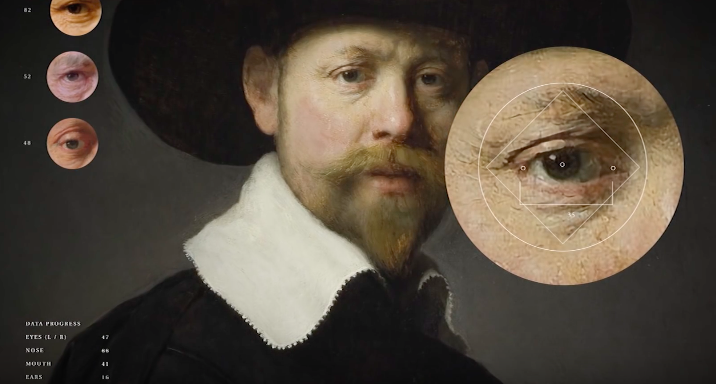
The AI looks at a large database of his or her previous paintings, dissects every element and detail to put together what it thinks the artist would paint as a result. The result is mesmerising and would easily pass for an original painting.
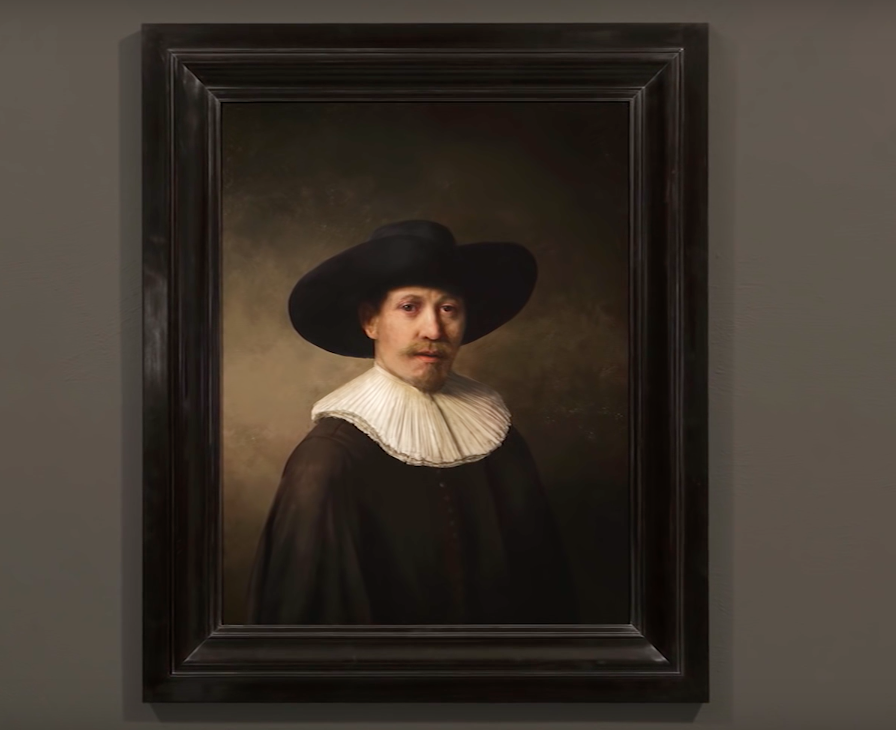
What was achieved with AI is a sign of what’s to come, and rather than see AI as a threatening entity to our creativity, it should be seen as a tool to fuel what we already know, take our thinking and output to the next level; it would also make us more efficient in how we work as a result of learning about how we think.
The exhibition is still on now and you can experience it in action yourself, both online and at Tate Britain, where you’ll be able to help retrain the AI’s algorithm by comparing the machine’s matches with your perception.
The experiment will explore whether an artificial intelligence programme can learn from the many personal responses humans have when looking at images and the results will be presented on the virtual gallery website at the end of the project.

